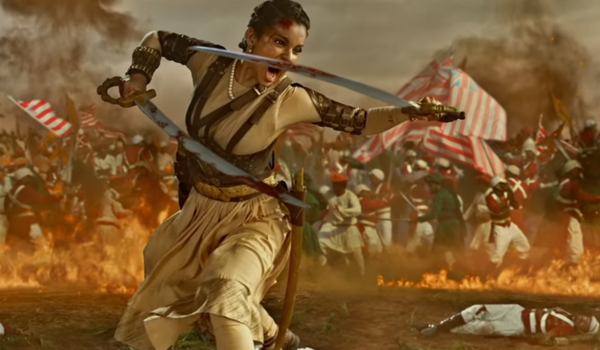“Khoob ladi mardani woh to Jhansi wali Rani thi”- while we all have read this beautiful line in our history textbooks and got goosebumps, one thing is absolute- she was a true feminist, way before the term was even coined. She shunned all social stigmas associated with a woman. She knew how to love like a mother and fight like a soldier.

Brave and Fearless – two words that are synonymous with the name Laxmi Bai. She preferred riding horses to palanquins, which tells a lot about her fierce nature. One of India’s legendary queen who lived and died like a soldier, fought the British Army as she had the immense love for her Jhansi.
While Bollywood’s queen Kangna Ranaut starrer Manikarnika trailer looks quite promising and the character of Rani Laxmi Bai becomes lively on screen, here are few lesser known facts about the fighter who abided by one rule till the end- Sar kata sakte hain lekin sar jhuka sakte nahi.
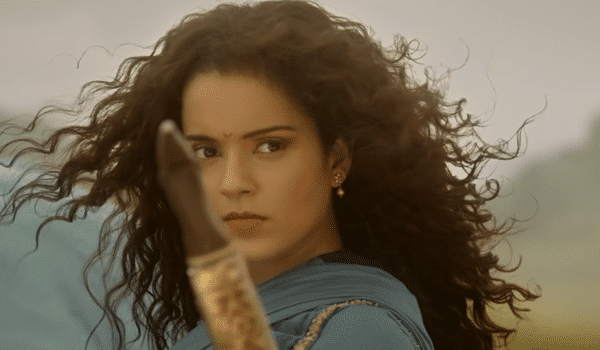
Fondly called as Manu by her parents, her maiden name was Manu Bai or Manikarnika before she became Rani Laxmi Bai of Jhansi.

Born in the ghats of Varanasi on November 1828 to a Maharashtrian Brahmin family, she was the only daughter of Bhagirathi Sapre (Bhagirathi Bai) and Moropant Tambe

Dearly loved by Peshwa Bajirao, she earned the name of “Chhabili” (playful) because of her lively spirit.
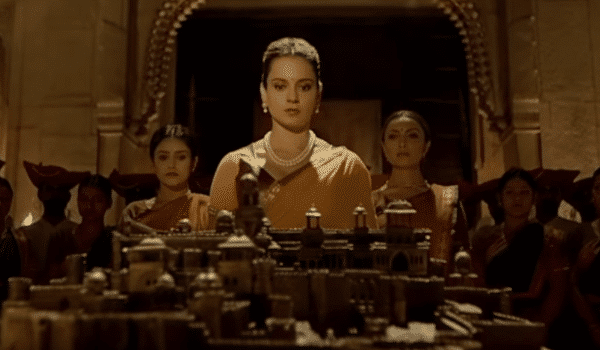
She lost her mother at the age of 4 and her father raised her using very unconventional methods.
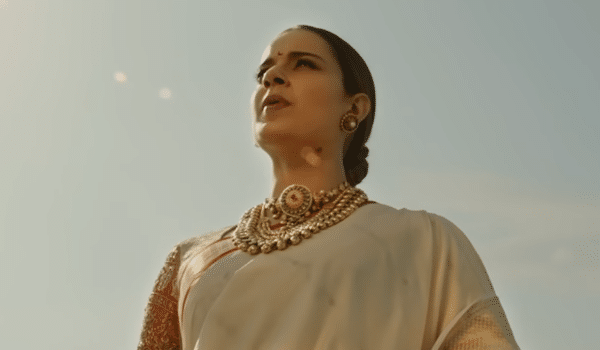
Her education was quite different and she had warfare-training in fencing, archery, shooting, and horsemanship. For a young daughter to be raised like a son, she was way ahead of her time.
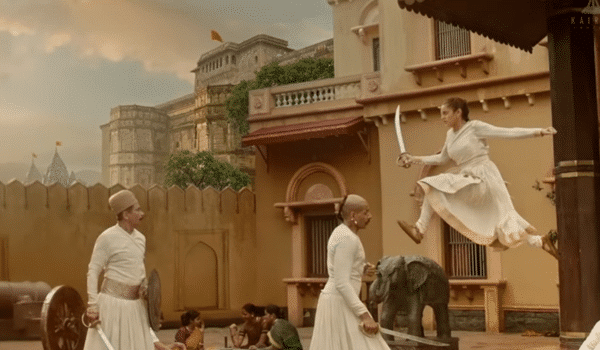
She grew up to become independent in spirit and fierce and the legendary duo of Nana Saheb and Tantia Tope were her playmates.
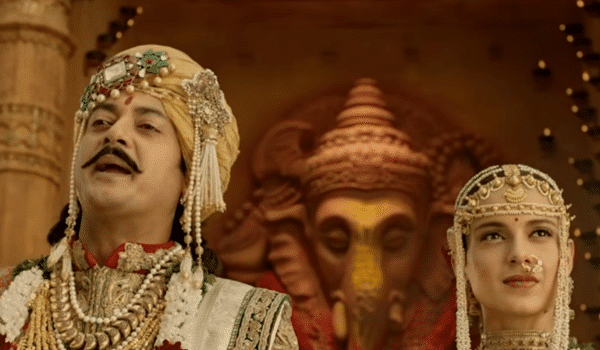
At the age of 14, she was married to the Maharaja of Jhansi, Raja Gangadhar Rao Newalkar and was renamed Laxmibai, after the Goddess of wealth Laxmi.
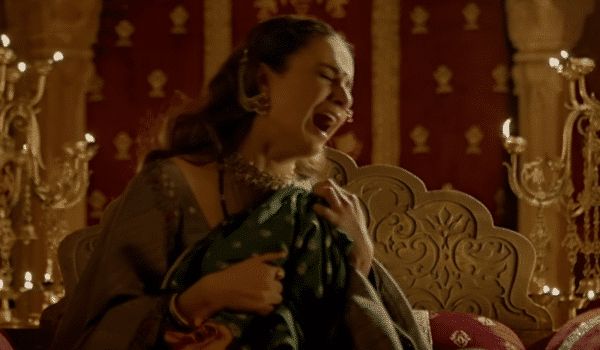
Tragedy struck when she gave birth to a baby boy Damodar Rao in 1851 but unfortunately, he died when he was just 4 months old.
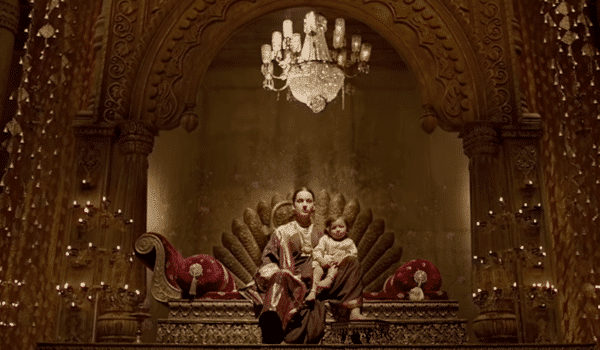
Later, Lakshmi Bai and Maharaja Gangadhar Rao adopted the son of the Maharaja’s cousin, who was then named Anand Rao and just one day before the Maharaja’s demise, Anand was renamed as Damodar Rao.

The British wanted to annex Jhansi under the Doctrine of Lapse and it was Hugh Rose, the commander of the British Army who demanded the surrender of the city and threatened to destroy it if his command was refused.
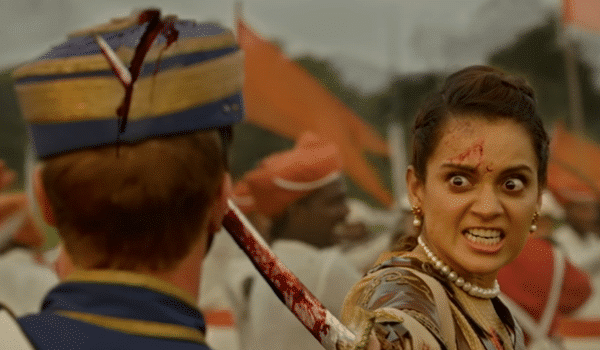
She fought courageously against the British for her immense love for Jhansi but eventually lost her life in battle on June 18th, 1858 in Gwalior.

In the British report of this battle in Jhansi, Hugh Rose commented that Rani Lakshmi Bai is “personable, clever and beautiful” and she is “the most dangerous of all Indian leaders“.
She had been buried “with great ceremony under a tamarind tree under the Rock of Gwalior, where I saw her bones and ashes,” wrote Rose.

The Rani Mahal, which was Lakshmi Bai’s palace, is now converted into a museum and houses a collection of archaeological remains of the period between the 9th and 12th centuries AD.
Watch the trailer
“Jao Rani yaad Rakhengey yeh krutagna Bharatwasi,
yeh tera balidaan jagavega Swatantrata avinasi,
hovey chup itihaas, lagey sachchai ko chahey phansi,
ho madmaati vijay, mitaa dey golon sey chahey Jhansi.
Tera Smarak tu hi hogi, tu khud amit nishaani thi,
Bundeley Harbolon key munh hamney suni kahani thi,
Khoob ladi mardani woh to Jhansi wali Rani thi.”


